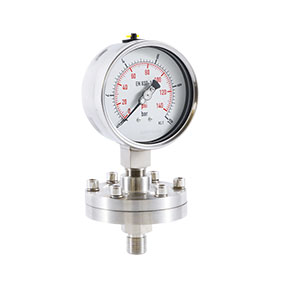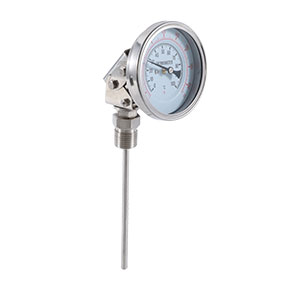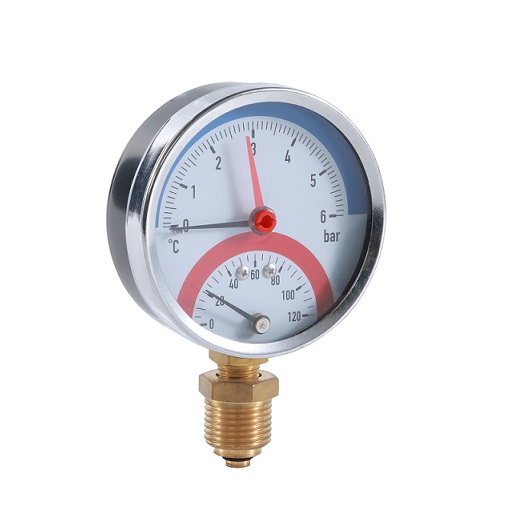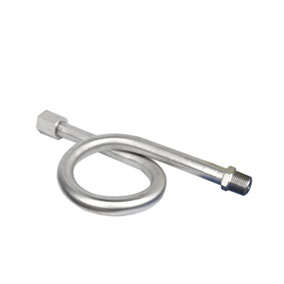What is a Pressure Gauge and How Does it Work?
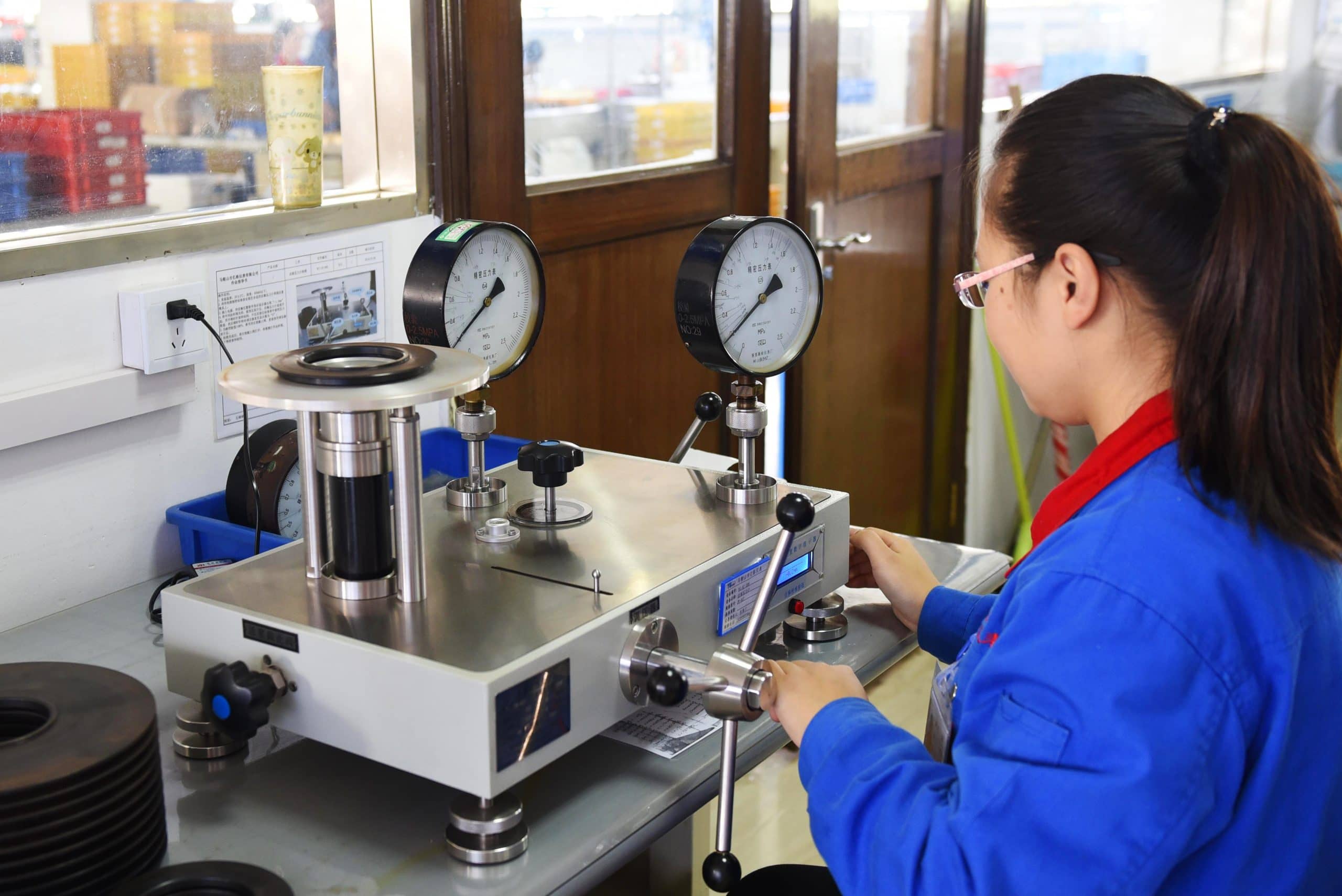
Introduction:
Pressure gauges are indispensable instruments in various industries, providing crucial information about the pressure of gases or liquids within a system. They play a pivotal role in monitoring and maintaining optimal conditions in processes ranging from manufacturing to HVAC systems. In this article, we will delve into the fundamentals of pressure gauges, exploring what they are and how they work.
Basics of pressure & pressure measurement:
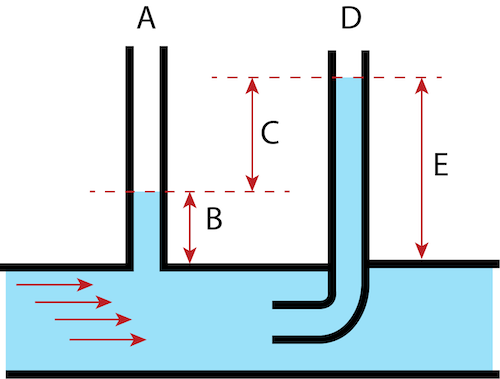
Static pressure and total pressure are fundamental concepts in fluid mechanics, each providing unique insights into the behavior of fluids in motion. At points A and B within a fluid flow, static pressure represents the force exerted by the fluid at rest, emphasizing its potential energy. This pressure is exerted perpendicular to the fluid’s motion and is crucial in systems where the fluid is relatively stationary or experiences minimal changes in velocity.
In contrast, dynamic pressure comes into play at point C in the flow. It is associated with the kinetic energy of a moving fluid, reflecting the force exerted parallel to the fluid’s motion. Dynamic pressure is directly influenced by the fluid’s velocity, making it a key parameter for understanding the impact of fluid motion on surfaces and structures within a system.
Total pressure, often referred to as stagnation pressure, combines both static and dynamic pressures. At points D and E, especially at the stagnation point (D), the fluid comes to rest, converting all its kinetic energy into potential energy. This results in the maximum pressure, known as total or stagnation pressure. As the fluid moves from the stagnation point to point E, there is a conversion from total pressure to static pressure, illustrating the dynamic interplay between potential and kinetic energy in the fluid.
Definition of a Pressure Gauge:
A pressure gauge is a mechanical device designed to measure the force exerted by a fluid (gas or liquid) on the walls of its container. This force is typically expressed in units such as pounds per square inch (psi), bar, or pascal, depending on the region and industry standards.
Components of a Pressure Gauge:
- Dial/Display:The face of the pressure gauge, often circular, where the measurement is visually indicated. The dial is marked with numerical values corresponding to the pressure being measured.
- Pointer/Needle:The pointer or needle on the dial moves to indicate the current pressure. It is connected to the pressure-sensing element within the gauge.
- Pressure-Sensing Element:This crucial component reacts to changes in pressure and transmits the force to the pointer. Common sensing elements include Bourdon tubes, diaphragms, and bellows.
- Case:The housing that protects the internal components from environmental factors and damage. It is typically made of durable materials like stainless steel.
How Pressure Gauges Work:
The working principle of a pressure gauge depends on the type of pressure-sensing element used. Here, we’ll focus on the Bourdon tube, one of the most common designs:
- Bourdon Tube:
- A curved, hollow tube is connected at one end to the pressure source.
- As pressure increases, the Bourdon tube straightens or uncoils.
- This deformation is transferred to the attached pointer, causing it to move across the dial.
- The degree of movement corresponds to the pressure exerted on the tube.
- Diaphragm and Bellows:
- In diaphragm and bellows designs, a flexible membrane deforms under pressure.
- This deformation is transmitted to a mechanism that moves the pointer on the dial.
Conclusion:
Pressure gauges are vital instruments for ensuring the safety and efficiency of various industrial processes. Understanding their components and working principles, particularly the role of pressure-sensing elements like Bourdon tubes, provides valuable insight into their reliability and accuracy. The widespread use of pressure gauges underscores their importance in maintaining optimal operating conditions across diverse applications.

